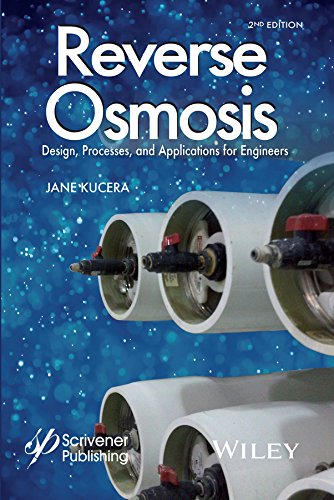

Most ebook files are in PDF format, so you can easily read them using various software such as Foxit Reader or directly on the Google Chrome browser.
Some ebook files are released by publishers in other formats such as .awz, .mobi, .epub, .fb2, etc. You may need to install specific software to read these formats on mobile/PC, such as Calibre.
Please read the tutorial at this link: https://ebookbell.com/faq
We offer FREE conversion to the popular formats you request; however, this may take some time. Therefore, right after payment, please email us, and we will try to provide the service as quickly as possible.
For some exceptional file formats or broken links (if any), please refrain from opening any disputes. Instead, email us first, and we will try to assist within a maximum of 6 hours.
EbookBell Team

5.0
28 reviewsThis new edition of the bestselling Reverse Osmosis is the most comprehensive and up-to-date coverage of the process of reverse osmosis in industrial applications, a technology that is becoming increasingly more important as more and more companies choose to “go green.” This book covers all of the processes and equipment necessary to design, operate, and troubleshoot reverse osmosis systems, from the fundamental principles of reverse osmosis technology and membranes to the much more advanced engineering principles necessary for designing a reverse osmosis system.
The second edition is an enhanced version of the original best seller. Each chapter has been reviewed and updated. Revised features include more detail on various pretreatment techniques such as greensand and pyrolusite pretreatment media. The design projection chapter has been edited to include up-to-date information on current projection programs. A new section on microbial fouling control featuring chlorine and alternative techniques is included to address the needs of most RO systems. Also, a discussion on forward osmosis is added as an alternative and/or companion technology to reverse osmosis for water treatment. The second edition includes all updated, basic, in-depth information for design, operation, and optimization of reverse osmosis systems.
Earlier chapters cover the basic principles, the history of reverse osmosis, basic terms and definitions, and essential equipment. The book then goes into pretreatment processes and system design, then, finally, operations and troubleshooting. The author includes a section on the impact of other membrane technologies and even includes a “Frequently Asked Questions” chapter.